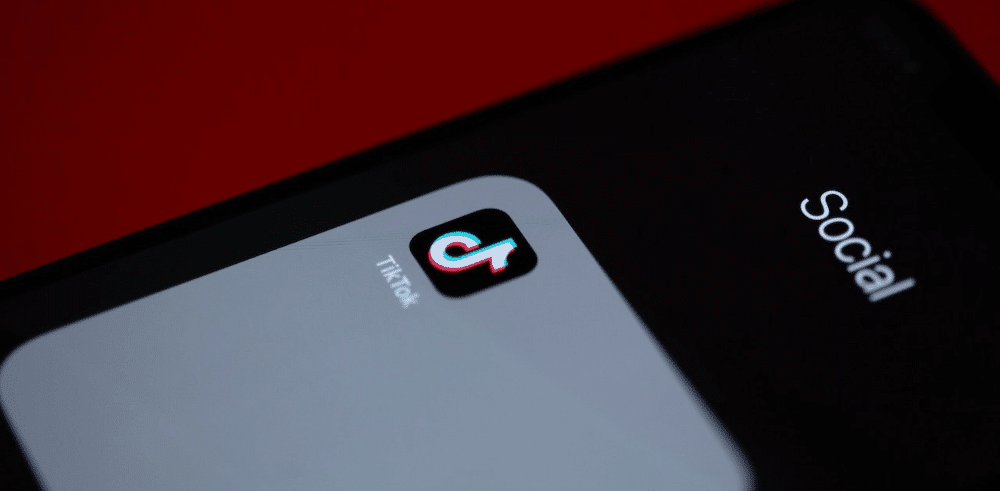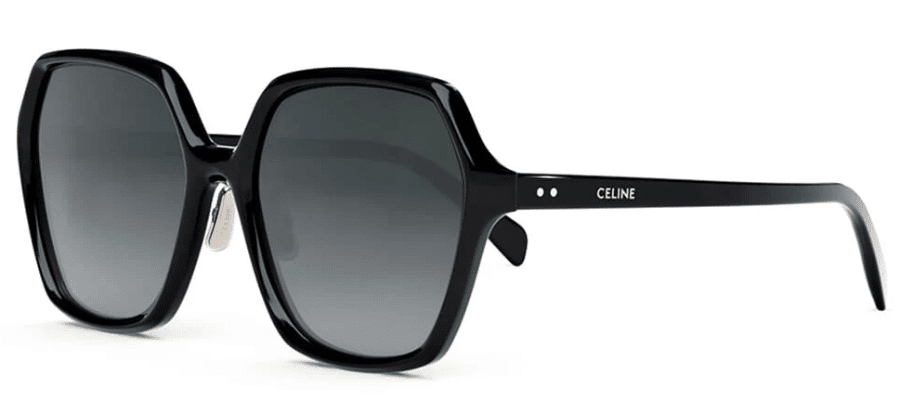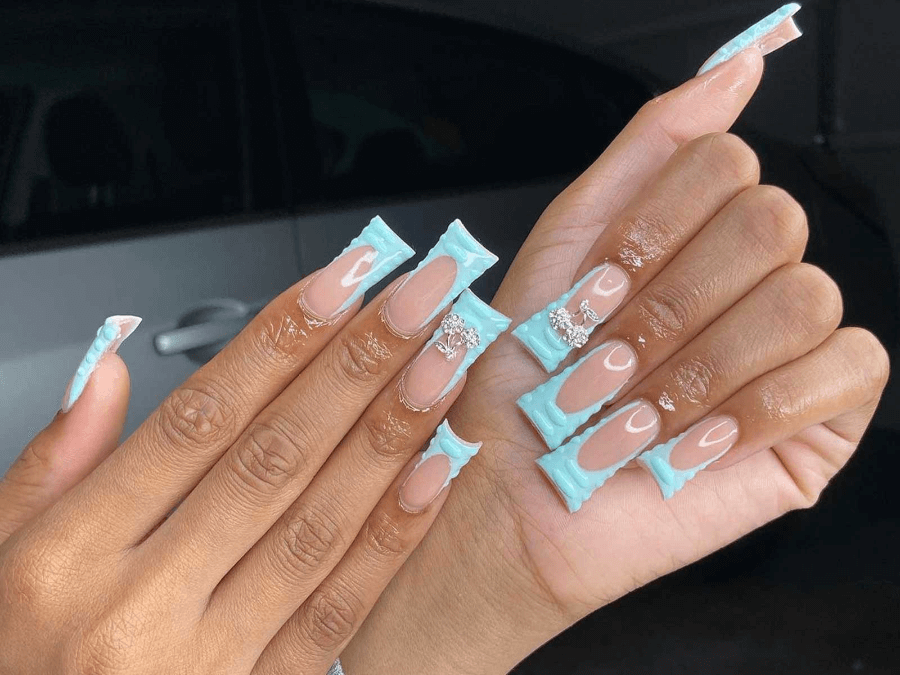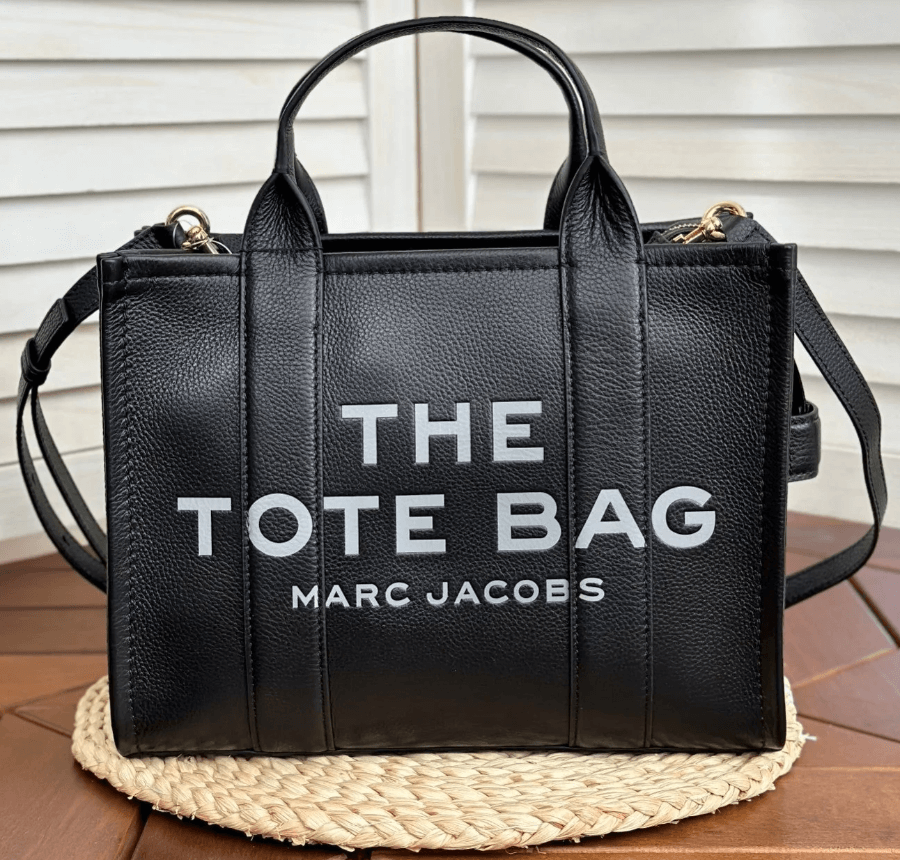📑Table of Contents:
- What is Un-Reposting on TikTok?
- How to Un-Repost on TikTok: A Step-by-Step Guide
- Points to Remember
- Why Un-Repost on TikTok?
- Enhancing Your TikTok Experience
- The Dynamic Nature of TikTok Content
- The Importance of a Curated TikTok Presence
- Keeping Up with TikTok Updates
- Engaging with Your TikTok Community
- History of TikTok
- Conclusion
In the dynamic world of TikTok, where content is king, it’s crucial to know not just how to engage with it but also how to manage it effectively. Whether you’re a seasoned TikToker or a newcomer, understanding how to un-repost on TikTok can significantly enhance your social media experience.
This guide provides a detailed walkthrough on un-reposting, along with insights into social media stats, creative ideas for super funny usernames for online use, and cute usernames for girls, ensuring your TikTok journey is both enjoyable and personalized.

What is Un-Reposting on TikTok?
Un-reposting on TikTok refers to the action of removing a previously shared (reposted) video from your profile. While reposting is a common practice to share content that resonates with you or your audience, there are times when you might want to reverse this action. This could be due to various reasons like content updates, feed aesthetics, or simply a change in your content strategy.
How to Un-Repost on TikTok: A Step-by-Step Guide
- Open TikTok: Start by launching the TikTok app on your device.
- Navigate to Your Profile: Tap on the profile icon located at the bottom right of the screen.
- Find the Reposted Video: Scroll through your feed to locate the video you want to un-repost.
- Access Video Options: Tap on the three-dot icon on the right side of the video.
- Select ‘Remove Repost’: From the list of options, select ‘Remove Repost’ or a similarly titled option. Confirm if prompted.
- Refresh Your Profile: The video will no longer appear on your profile. Refresh your profile to see the updated feed.
Points to Remember
- Un-reposting on TikTok is a straightforward process, but it’s irreversible. Once you remove a repost, you cannot undo this action.
- The original content creator will not be notified when you un-repost their content.
- If you wish to repost the content again, you’ll have to go through the reposting process afresh.
Why Un-Repost on TikTok?
- Feed Curation: Maintaining a specific theme or aesthetic.
- Content Relevance: Ensuring all content is current and relevant to your audience.
- Privacy Concerns: Removing content that you no longer feel comfortable sharing.
Enhancing Your TikTok Experience
While you’re managing your reposts, why not explore ways to enhance your TikTok presence? Here are some ideas:
- Stay Updated with Social Media Stats: Understanding the latest trends on TikTok can help you create content that resonates with your audience. Regularly check social media stats to stay ahead of the curve.
- Adopt Super Funny Usernames for Online Use: A unique and humorous username can make your profile stand out. Consider names that reflect your personality or content theme.
- Choose Cute Usernames for Girls: If you’re looking for something more charming, select a cute username that adds a touch of whimsy to your profile.
The Dynamic Nature of TikTok Content
TikTok is a constantly changing platform, with trends rising and falling within days. This dynamism is what makes the app so engaging, but it also means that what you repost today might not resonate tomorrow. Staying in tune with these shifts is crucial for maintaining a relevant and appealing profile.
The Importance of a Curated TikTok Presence
Your TikTok profile is more than just a collection of videos; it’s a curated representation of your interests, humor, and personality. Each report you make is a reflection of your tastes.
By understanding how to un-repost on TikTok, you have the power to shape and reshape your online image, ensuring it always aligns with your current views and preferences.
Keeping Up with TikTok Updates
TikTok frequently updates its app, introducing new features and tweaking existing ones. These updates can sometimes change how certain functions, like reposting, work.
Staying updated with these changes ensures you’re always in control of your TikTok experience. Regularly checking the official TikTok blog or following tech news can keep you informed about these updates.
Engaging with Your TikTok Community
Remember, TikTok is not just about videos; it’s about community. Engaging with your followers and those you follow is key. When you repost content, you’re participating in a broader conversation.
And when you unrepost, it’s a decision that, while primarily personal, can also influence your engagement with the TikTok community.
History of TikTok

TikTok, a name now synonymous with short-form video entertainment, has a history as dynamic and fast-paced as the content it hosts. Let’s dive into the origins and evolution of this cultural phenomenon.
The Early Days: Musical.ly
TikTok’s story begins not with its current name, but with an app called Musical.ly. Launched in 2014 by Chinese entrepreneurs Alex Zhu and Luyu Yang, Musical.ly was a social media service where users could create and share short lip-sync videos. The app quickly gained a significant following, especially among teenagers, for its user-friendly interface and engaging content format.
The Rise of ByteDance and Douyin
Meanwhile, in China, a tech company named ByteDance, founded by Zhang Yiming in 2012, was making waves with its version of a short video platform called Douyin, launched in 2016. Douyin, designed for the Chinese market, became immensely popular in a short period, thanks to its advanced AI algorithms that personalized content for users.
The Birth of TikTok
ByteDance decided to take Douyin global, and in September 2017, TikTok was launched for markets outside of China. The international version of Douyin, TikTok maintained the core functionality of Douyin but with a broader, more global appeal.
The Musical.ly Merger
In a strategic move to penetrate the U.S. market, ByteDance acquired Musical.ly in November 2017 for a reported $1 billion. In August 2018, ByteDance announced that it would be merging Musical.ly with TikTok, creating a larger, more unified platform. This merger brought over Musical.ly’s existing user base, giving TikTok a significant boost in the international market.
Rapid Growth and Global Popularity
Following the merger, TikTok’s growth accelerated rapidly. It became the most downloaded app in the U.S. in October 2018. TikTok’s appeal lies in its diverse content, easy-to-use creation tools, and highly personalized feed. The platform quickly became a hub for creative expression, spawning viral trends, challenges, and a new generation of social media influencers.
Controversies and Challenges
Despite its success, TikTok has faced its share of controversies. Concerns over data privacy, content moderation, and its ties to China have led to scrutiny from governments and regulatory bodies, particularly in the United States and India. However, the platform has continually worked to address these issues, implementing stricter data protection measures and content guidelines.
The Pandemic Effect
The COVID-19 pandemic, beginning in early 2020, further catapulted TikTok’s popularity. With people confined to their homes, TikTok became a source of entertainment, connection, and a creative outlet. It played a pivotal role in shaping digital culture during the pandemic, with trends and challenges going viral globally.
TikTok Today
As of 2023, TikTok stands as one of the most influential social media platforms globally, with a user base spanning various age groups and demographics. It has not only revolutionized content creation and consumption on social media but also impacted the music, fashion, and entertainment industries.

Conclusion
Un-reposting on TikTok is a simple yet essential skill for anyone looking to curate their social media presence. It allows for greater control over your feed and ensures that your content aligns with your current interests and audience expectations. With this guide, un-reposting is just a few taps away, enabling you to maintain a dynamic and engaging TikTok profile.
Remember, your TikTok journey is not just about the content you create but also about how you manage and present it. Happy TikToking!





